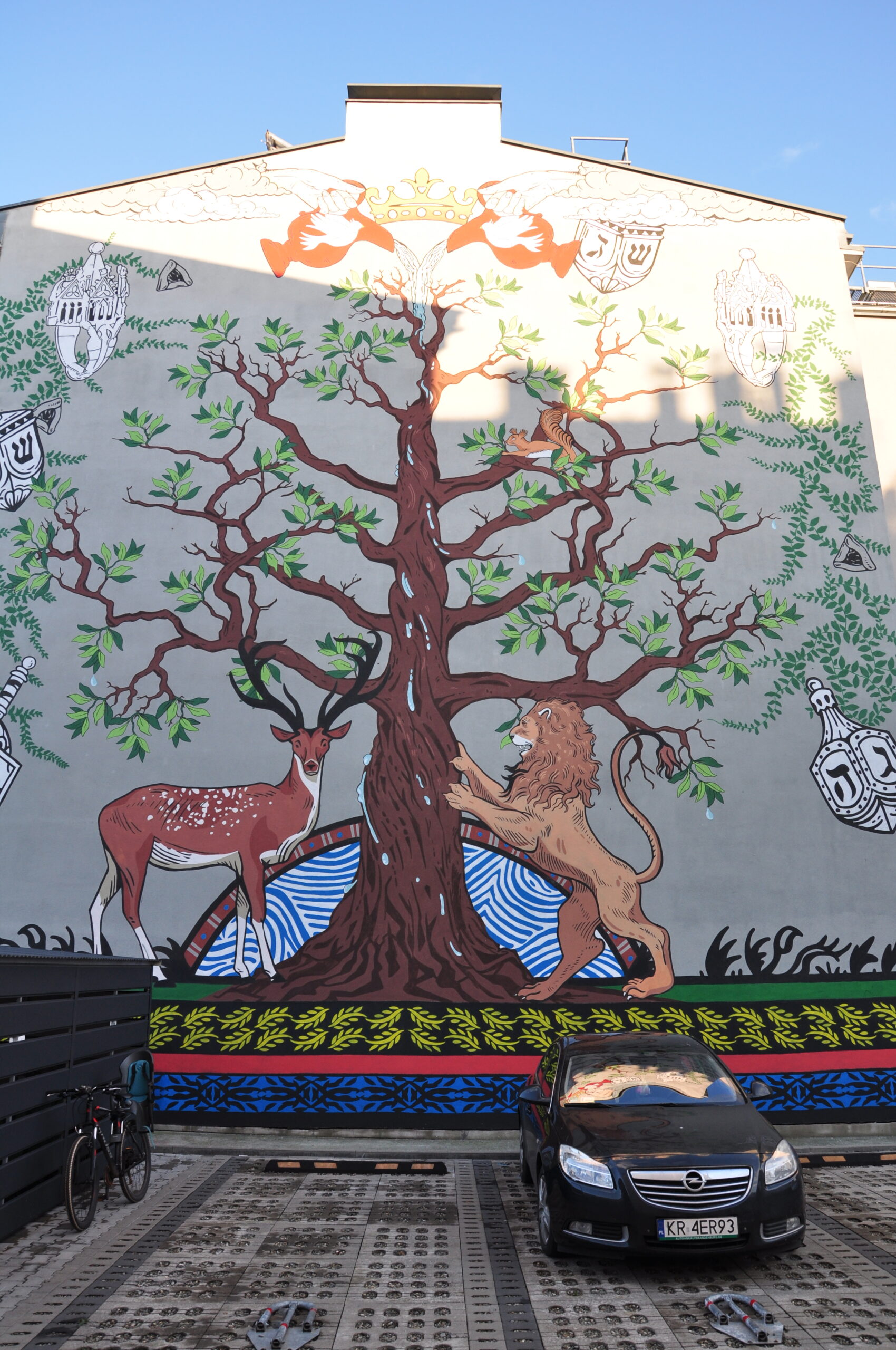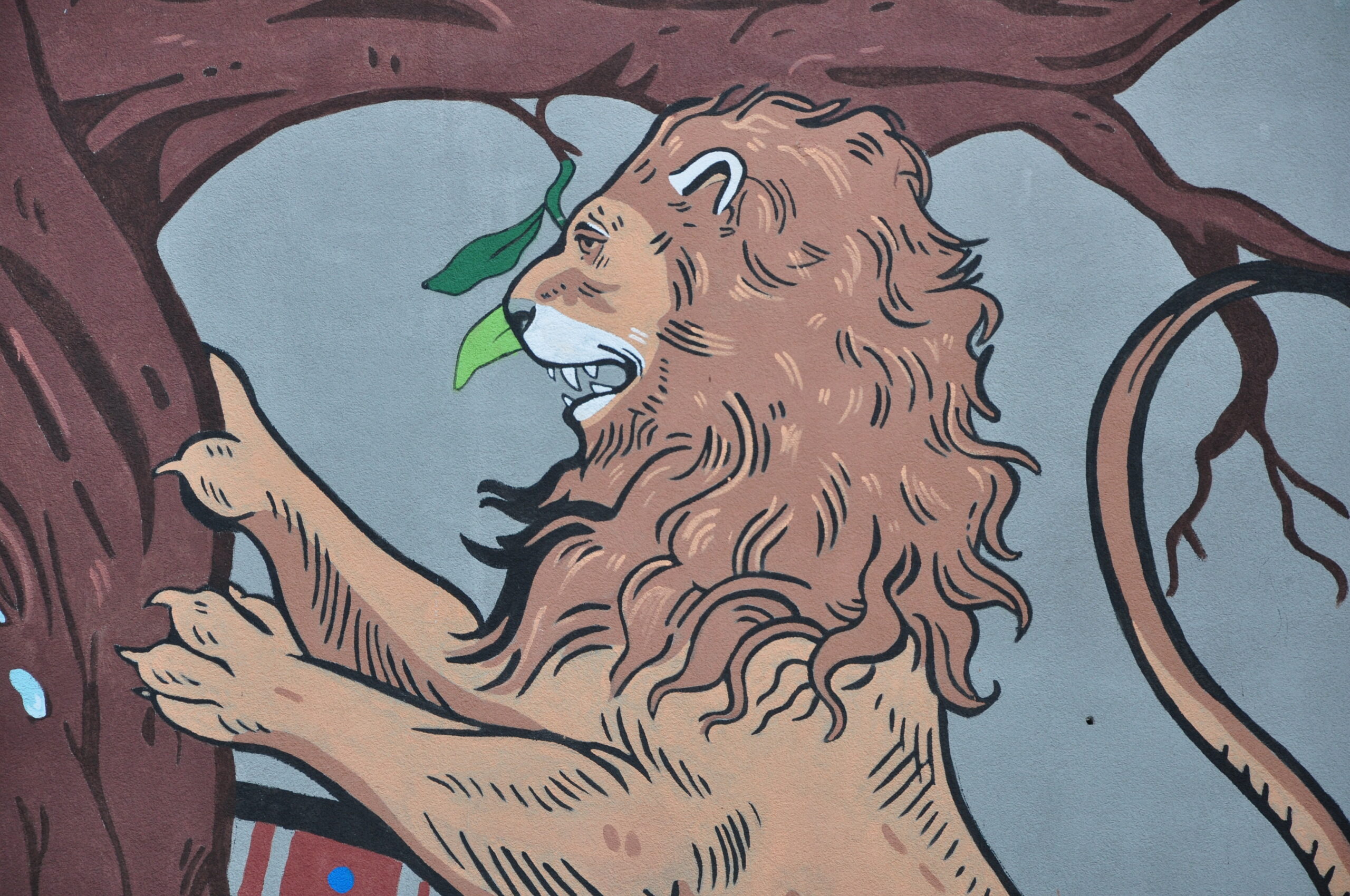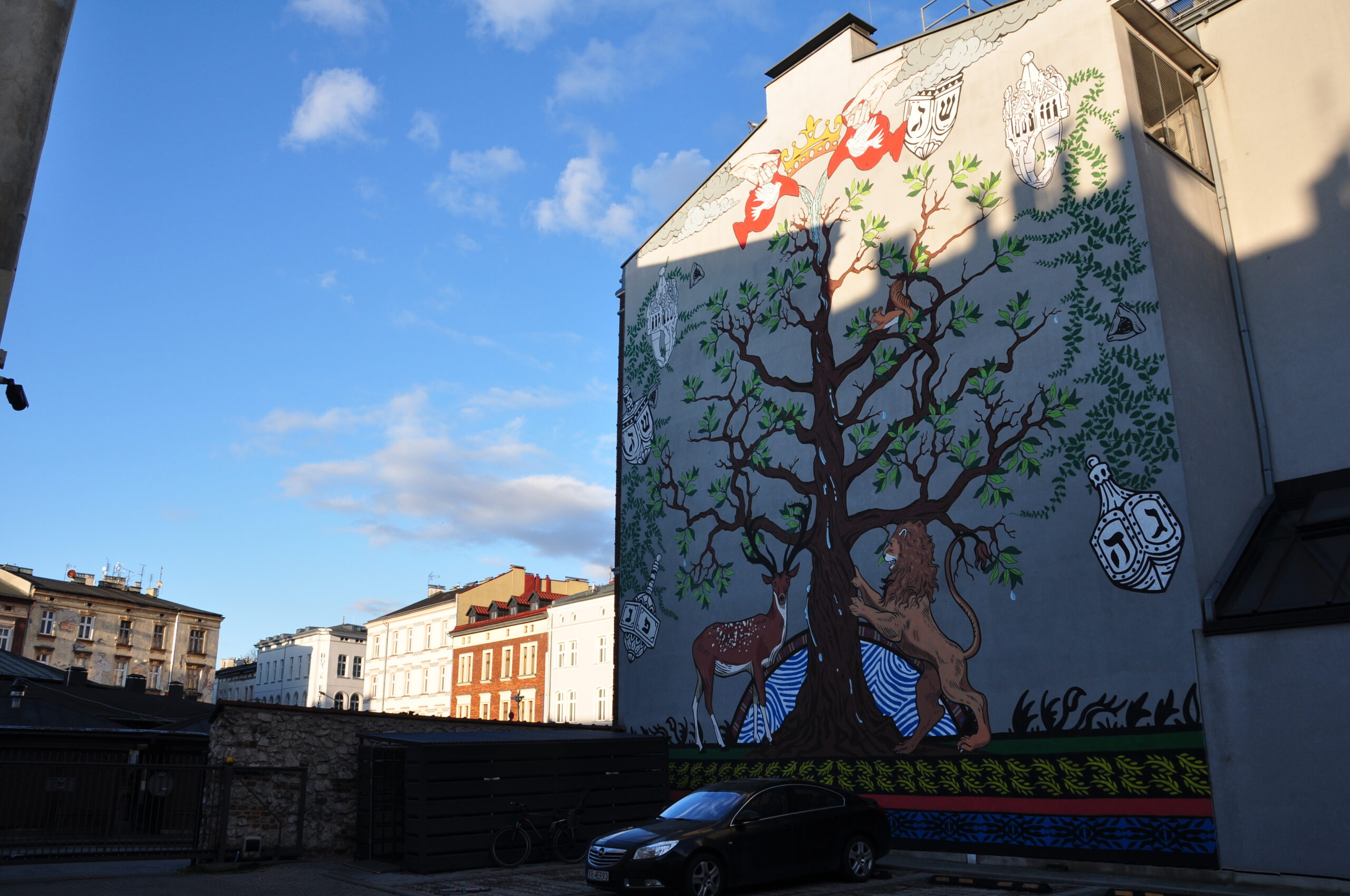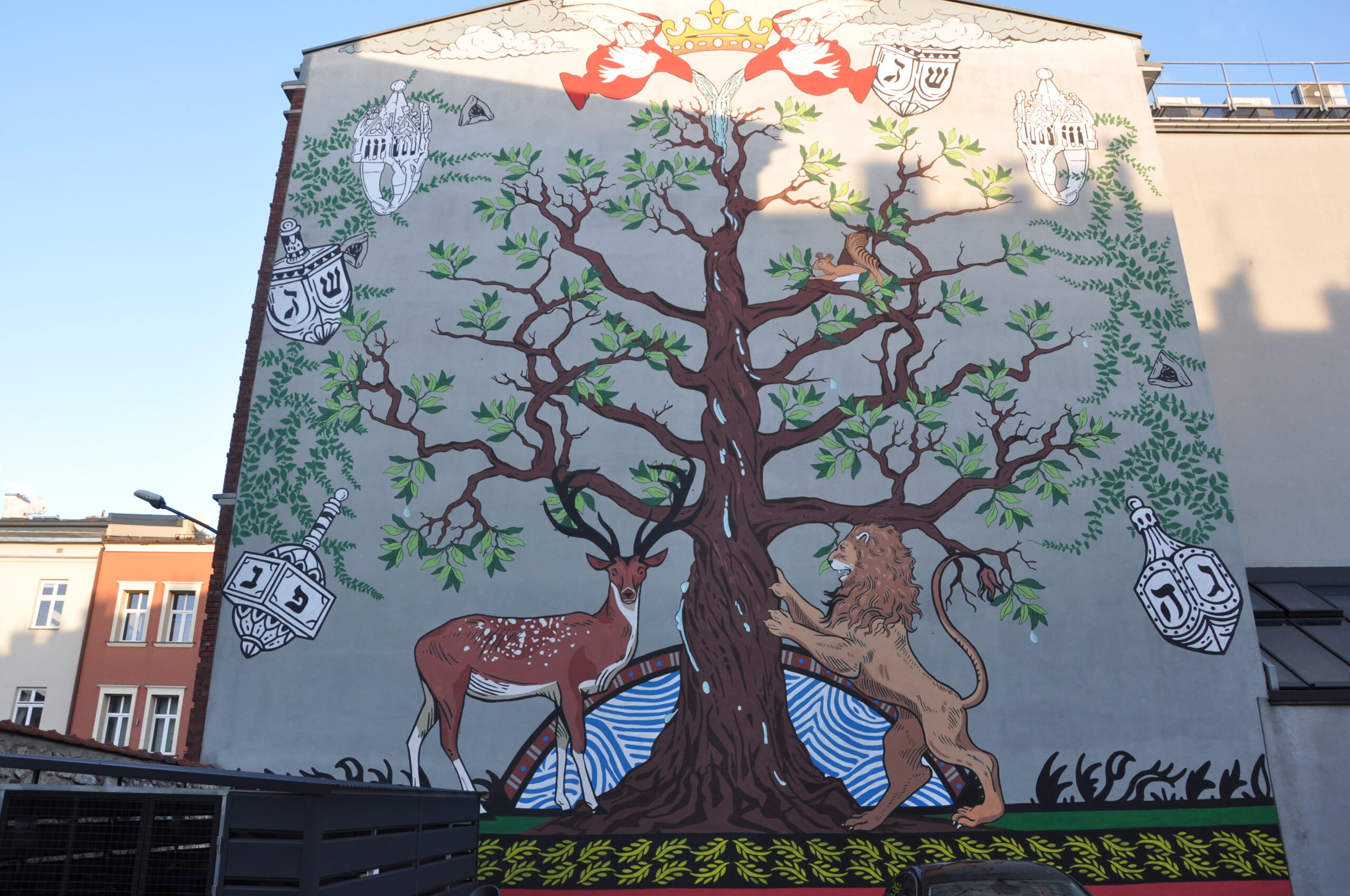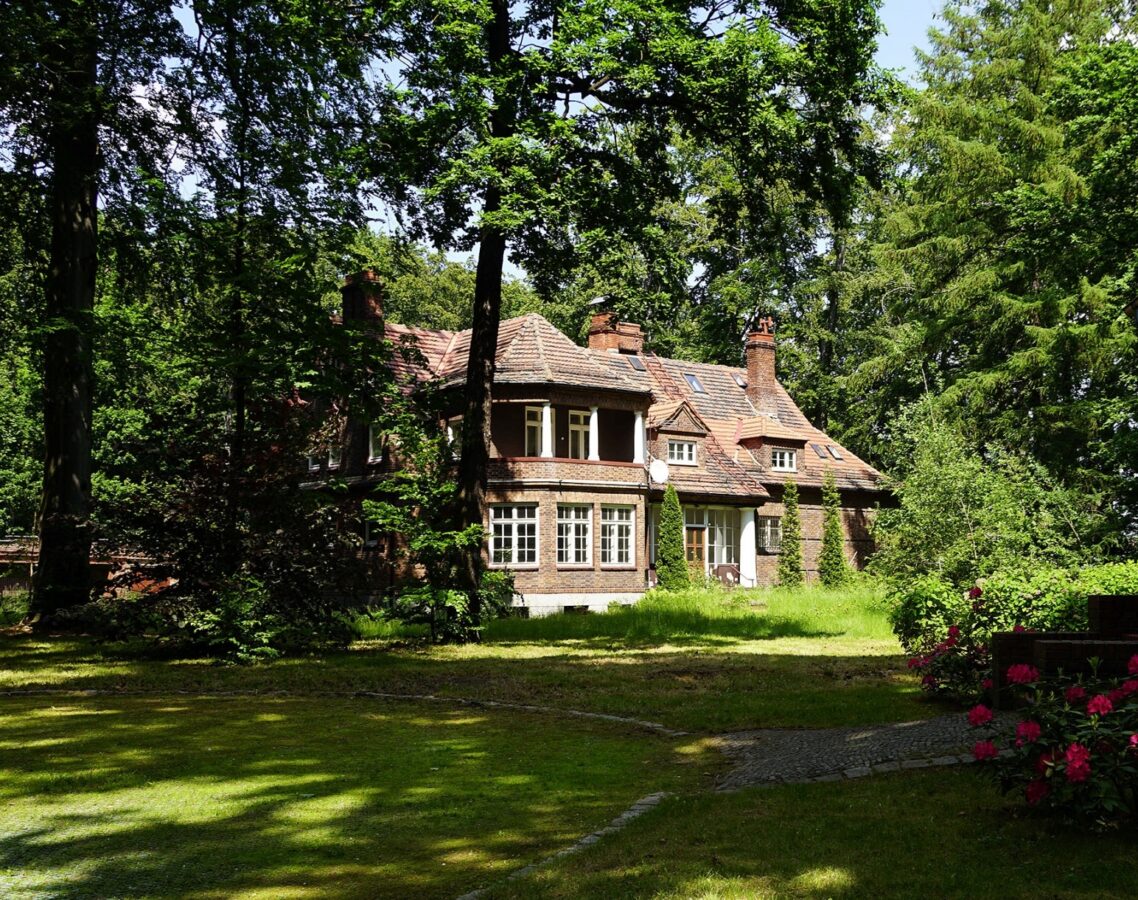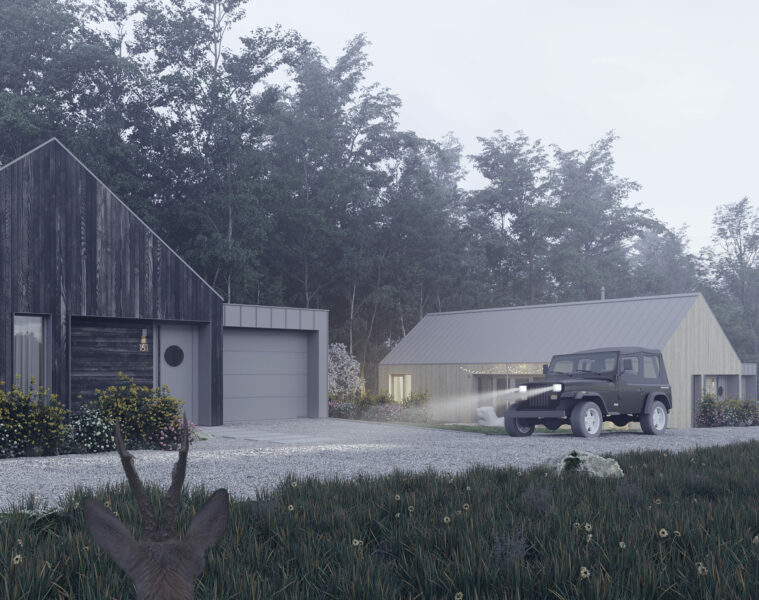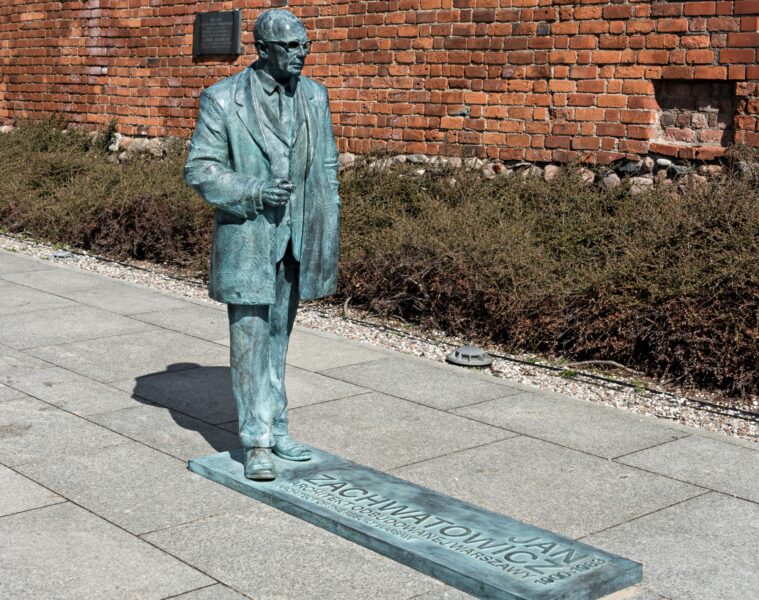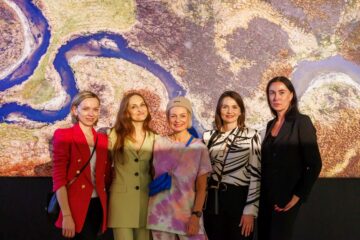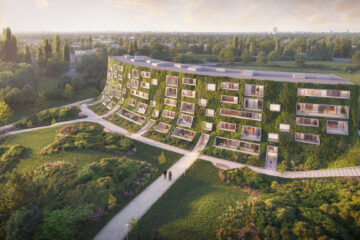For centuries, Kraków’s Kazimierz was the heart of life for the local Jewish community. Today, many of its traces can be found here, including numerous synagogues and houses of prayer. A special place of remembrance, however, is the Remuh cemetery, established as early as the mid-16th century. Many legends are associated with Krakow’s oldest Jewish necropolis and one of the oldest cemeteries in Europe. One of them was creatively exploited through a mural created this year
In February, a colourful mural was created on Plac Nowy in Krakow, a few steps away from the historic Remuh cemetery. Its main element is a tree, which can be spotted from afar. It refers to the legend of the “tree that cannot be cut down”. According to a legend passed down by many, during the Second World War the Nazis wanted to destroy the grave of a rabbi buried here
– It was then that a huge tree appeared, which covered up the tombstone and allowed it to survive until today,” says Marcin Nawrocki from the 101 Murals for Krakow foundation, who is also an artist who participated in the creation of the mural
Indeed, the area of the Remuh cemetery was destroyed during the war. It was a rubbish dump, and of the many tombstones, only 10-20 matzevot survived. Among them is precisely the tombstone of Rabbi Moses Isserles. Another parable associated with it, on the other hand, says that a tree grew there long ago because the rabbi was said to have buried a book at the site of his later burial before he died. As you can see, the motif of the tree is thus very much connected to this place. And it is not without reason that this very motif was used to create the mural
The tree is also described as a symbol of life and the changing seasons. The mural also features other motifs related to Jewish tradition and culture. These include animals, which are often manifested in Jewish symbolism (including gravestone symbolism). That is why the mural at Plac Nowy in Krakow features a deer, a lion or a squirrel (the animal motif is also used in the mural on the wall of the Jewish cemetery in Oświęcim, which we have shown here, for instance here). The Krakow mural also shows water pouring out of jugs feeding a tree. According to the originators, this is meant to be a symbol of the enduring Jewish culture that survived despite the attempted total annihilation
The mural was created by the Krakow-based fashion brand Medicine, which has been creating colourful paintings in various spaces around the city for several years (during the summer, a mural dedicated to Wisława Szymborska was unveiled in the new park named after her). The mural was created by Medicine in collaboration with the 101 Murals for Krakow foundation and the Plac Nowy 1 restaurant (the mural is located on its building). The project was prepared by Przemysław Widel, Karolina Danek, Joanna Dobranowska and Piotr Jakóba
See also: Murals | Kraków | City | Urbanism


